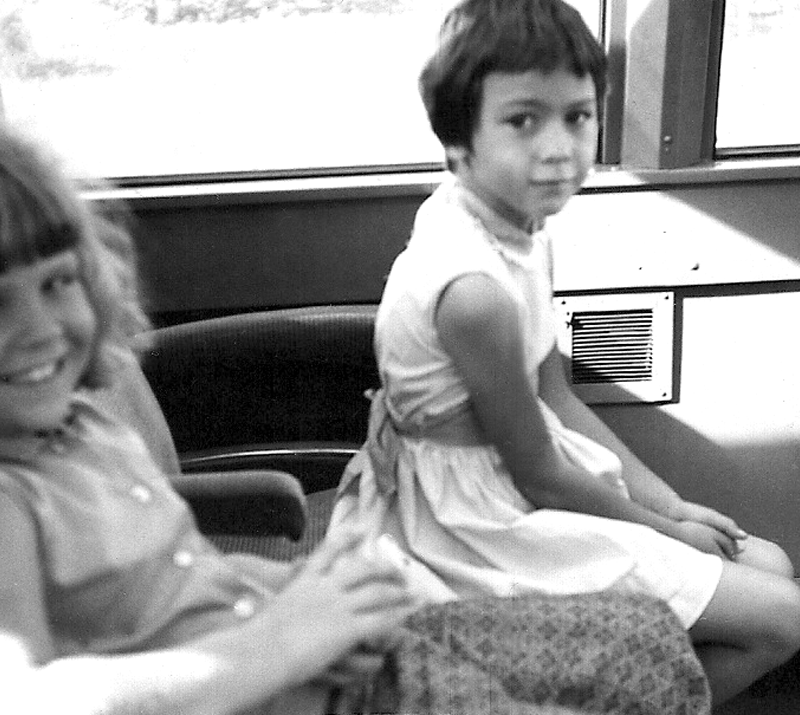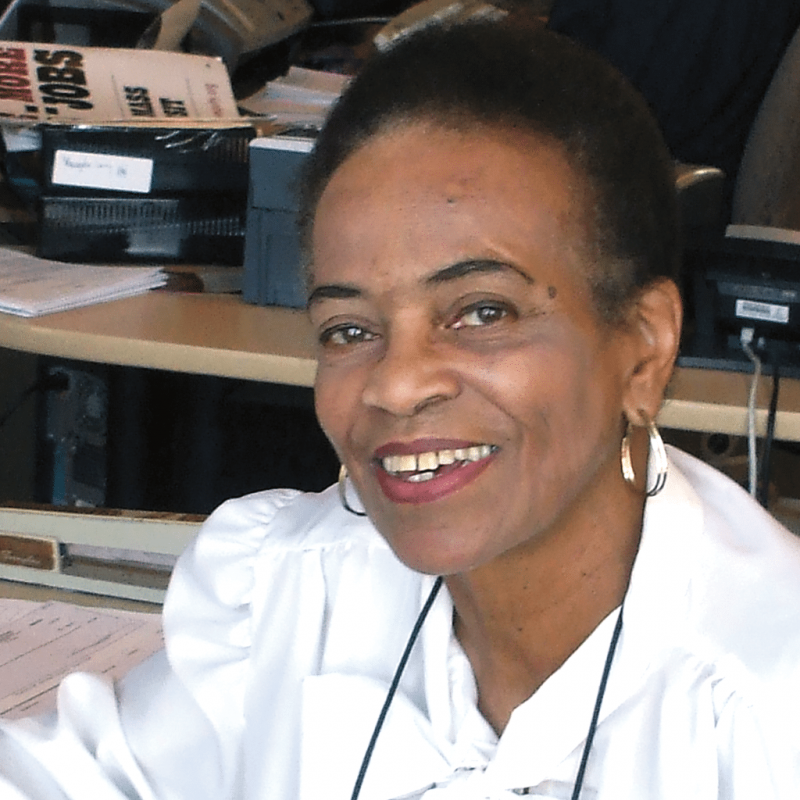
Call for Visual Art submissions for 2013 Almanac: Deadline April 4th, 2012
March 29, 2012
The Saint Paul Almanac, the friendliest tourist guidebook and cultural window into Saint Paul, seeks artists with work that reflects diversity in media, mind, and heritage. Images will be published in full color in the 2013 issue. The Almanac will be celebrated in an exhibition in September of 2012 spanning the AZ gallery and Black Dog Coffee & Wine Bar. Accepted artists will be awarded $10 per image, one free issue of the 2013 Almanac, and artist's bio and link listed in the 2013 Saint Paul Almanac book. Note: Artists will retain full copyright to any of their images published in the Saint Paul Almanac.

Pig’s Eye Island Adventure
March 28, 2012
When I was growing up near Mounds Park during the fifties and sixties, fresh milk was delivered to our stoop like clockwork; however, no one came to haul away the refuse. A big, rusty metal drum in our back yard received the trash instead. When it got full, my father lit it on fire. Items you couldn’t burn—bottles, cans, old plastic toys—were driven to the Pig’s Eye Island City Dump. My brother almost always got to go with Dad to the dump, a fact that he lorded over his little sisters. But sometimes we got to go too.

Keys Café
March 28, 2012
When I lived in California, my favorite restaurant was Tomatina’s. Then I moved to Minnesota, and I went to Keys. Keys is on Raymond Avenue, and it is my favorite breakfast restaurant in Minnesota! Usually, we only go there for special events. Once, my friends from California visited us, and we went to Keys. That was the second time I had been there, and it was better than the first time.

Oreo Cookie
March 28, 2012
I am proud to make Saint Paul my home, as I feel the African American people of Saint Paul are strong, proud people. The first sixteen years of my life were spent in Minneapolis in a poor White neighborhood. My siblings and I were the only Black children in the schools we attended. Yes, there was a great deal of prejudice in our community. Little children don’t know hate; they have to be taught. Even though my White friends’ parents may not have liked their children being friends with us, most of them accepted it because they loved their children more than they hated us.

How Max Shulman Got to College
March 28, 2012
Max Shulman (1919–1988) grew up in a Jewish community in Saint Paul’s Selby-Dale neighborhood. After graduating from Central High School, he earned a journalism degree from the University of Minnesota. His writings were invariably humorous and were published in novels and magazines. He eventually became a successful writer for theater and television. His novel Potatoes are Cheaper was a portrayal of life in the city in the late 1930s. Extract from Max Shulman, Potatoes Are Cheaper (Doubleday and Company, 1971): 1–4, 23.

Meridel LeSueur Recalls Swede Hollow Before Prohibition
March 21, 2012
Patrick Coleman writes: "LeSueur was perhaps Minnesota’s most famous proletarian writer, so it is not surprising that she wrote about the humble people of Saint Paul’s Swede Hollow. The following selection was written during Prohibition, ushered in by passage of the Volstead Act in 1919." Extract from Meridel LeSueur, “Beer Town,” Life in the United States: A Collection of Narratives of Contemporary American Life from First-Hand Experience or Observation (Charles Scribner’s Sons, 1933); pages 31–33, 40.

Life in the United States and Life in My Country
March 20, 2012
When I arrived at the airport my sister and her family came to the airport to pick up my family, and when I saw them, they said “Welcome to Saint Paul.” My first surprise was the snow. Before I came to the United States, I heard people talk about snowfall. I thought, if I go to America, I will eat snow and I don’t need to do anything—just put it in a cup and mix it with sugar and milk, and then we can eat it, because in my country we eat ice a lot in the summer. But in the U.S., no one eats snow.

The Mounds Theatre and Me
March 20, 2012
I’ve lived in Dayton’s Bluff just a few blocks from the Mounds Theatre all my life, but not for the whole life of the Mounds Theatre. It was built in 1922, and I was born twenty-nine years later. The Mounds started out as a silent movie house. It was billed as “The Pride of Dayton’s Bluff.” It had a small stage for vaudeville acts. Local musicians played in an orchestra pit. The first “talkie” was shown at the Mounds in late March 1929—on what would eventually become my birthday. The movie was My Man, starring Fannie Brice. The Mounds was remodeled in the 1930s, receiving air conditioning, an exterior ticket booth, and a fancy marquee.
